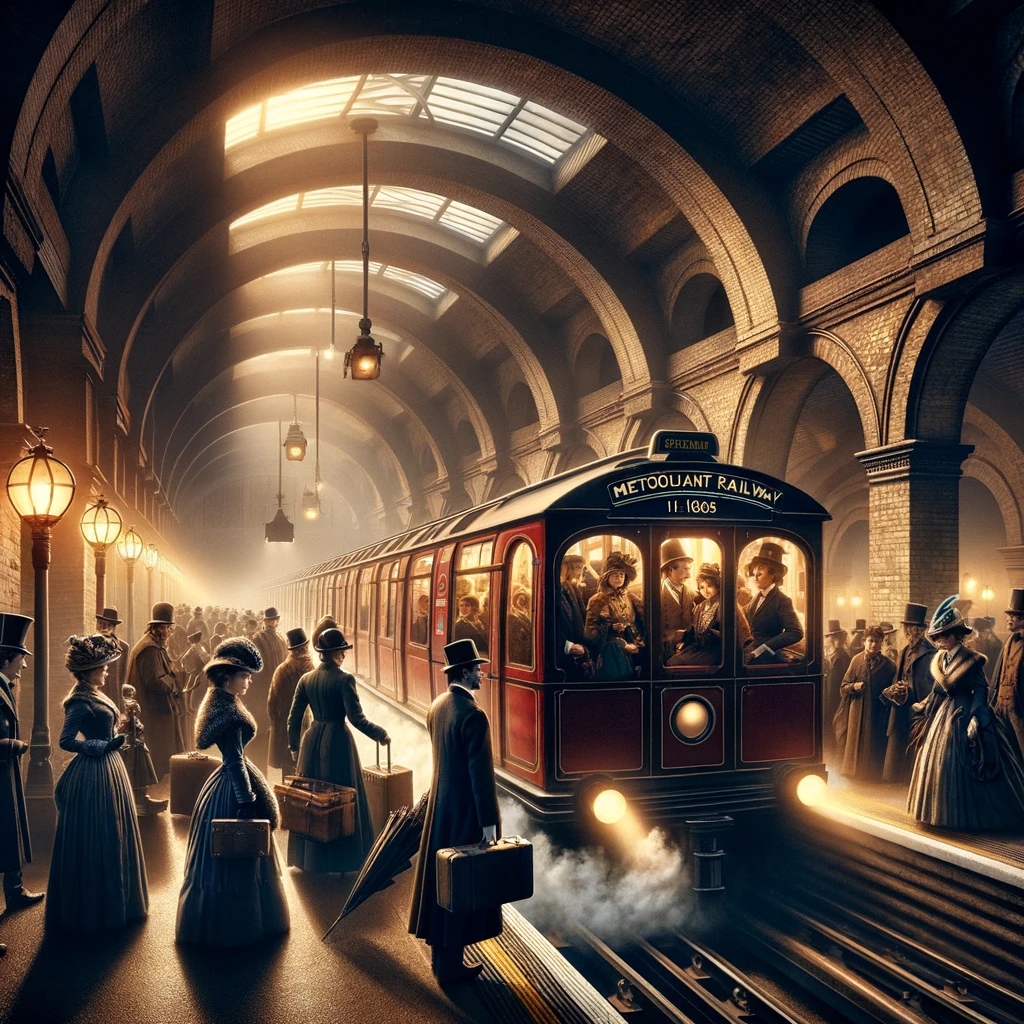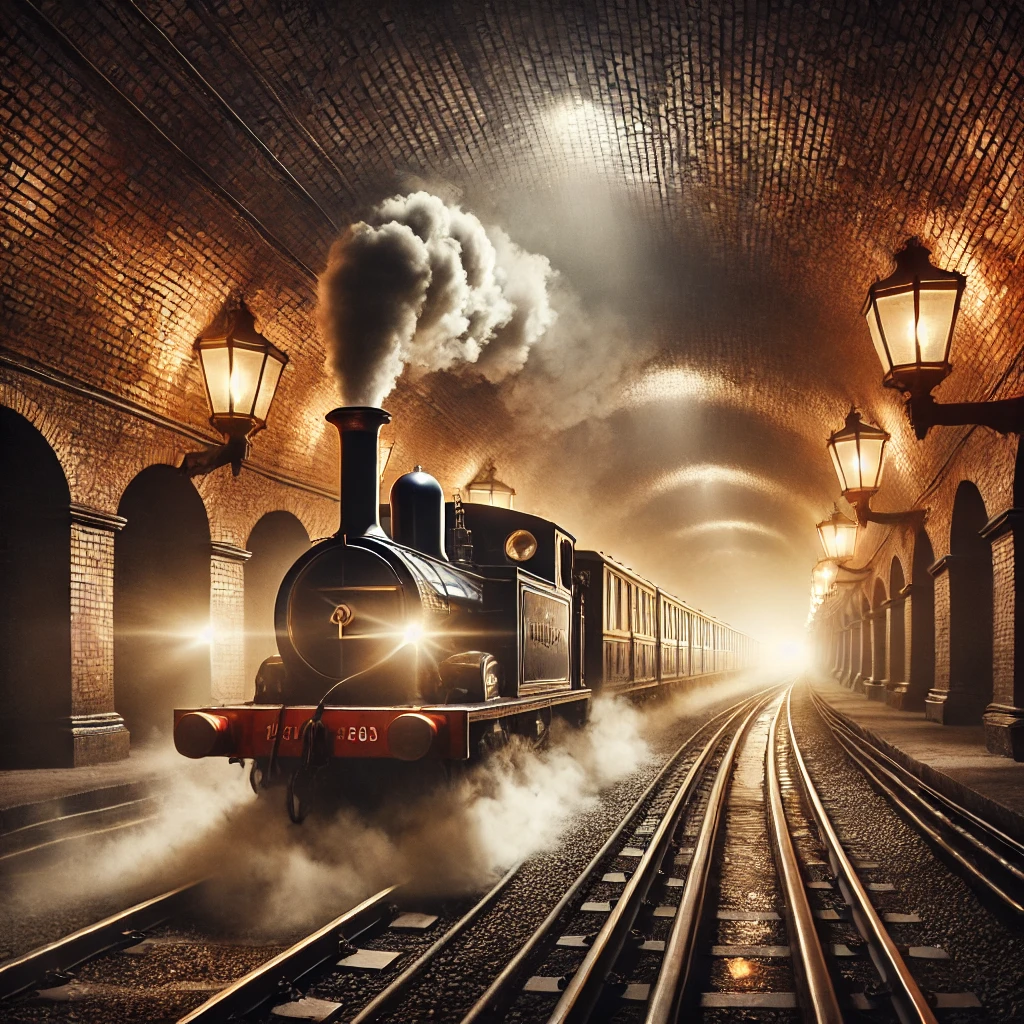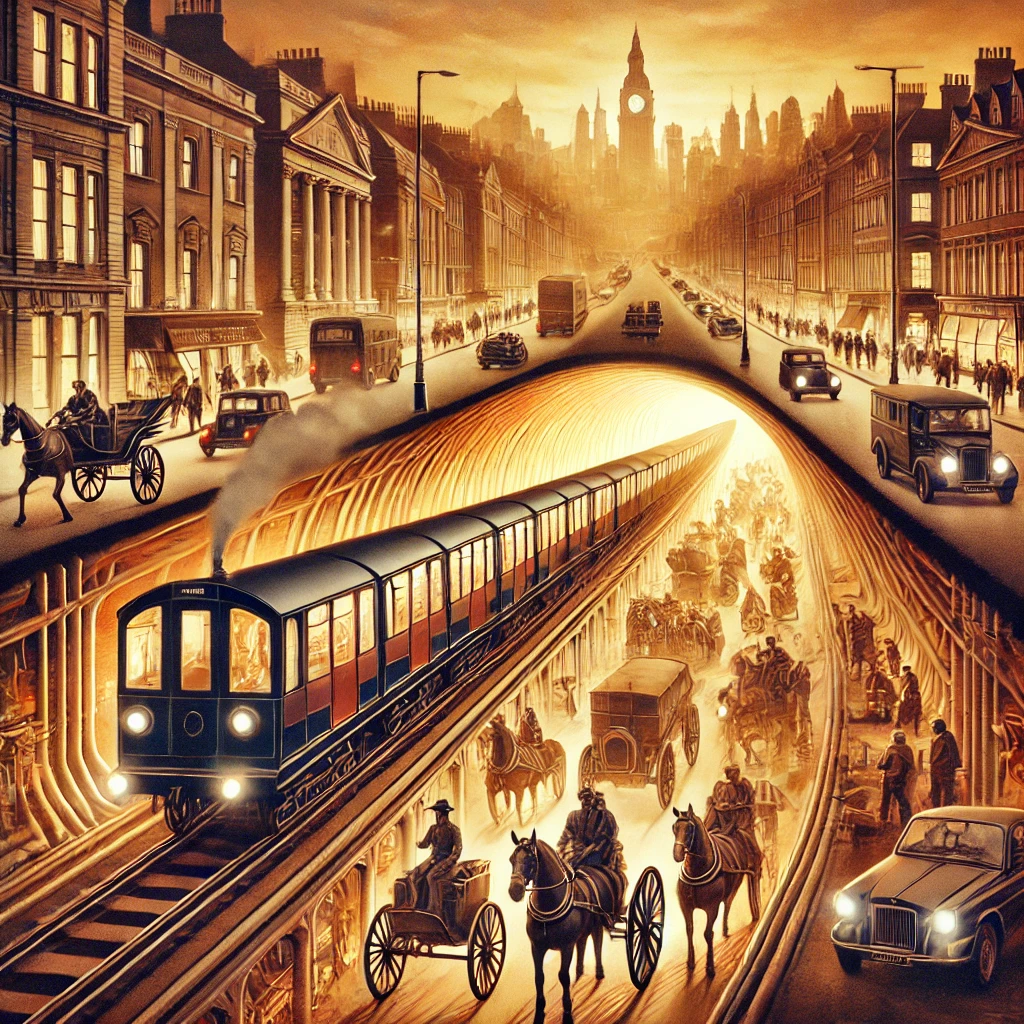On January 10th, 1863, a milestone in transportation history occurred with the opening of the Metropolitan Railway, the world’s first underground railway system. Dubbed the “Met,” this groundbreaking public transportation system was designed to ease congestion on London’s increasingly crowded streets. It would go on to lay the foundation for the iconic London Underground, transforming the way the city navigated its urban landscape.

The Vision Behind the Metropolitan Railway
The idea for an underground railway came at a time when London was facing severe traffic problems due to rapid population growth during the Industrial Revolution. The city’s streets were becoming increasingly congested with horse-drawn carriages and pedestrians, and there were few alternatives for efficient transport. In 1854, engineer Sir George Stephenson and civil engineer John Fowler proposed the concept of an underground railway to alleviate this issue, which was met with enthusiasm from city planners and residents alike.
The Metropolitan Railway was designed to run between the city’s financial center, the City of London, and the expanding suburbs to the west, specifically between Paddington and the Bank of England area. It was built using a system of tunnels and brick-lined shafts, with trains powered by steam engines, which was revolutionary for its time. The new service promised to reduce travel time and ease the stress of daily commuting for thousands of Londoners.

A Historic Launch and Initial Challenges
The Metropolitan Railway officially opened on January 10th, 1863, with the first train making its journey from Paddington to Farringdon, a distance of about four miles. The service initially carried passengers in open, wooden carriages, which were drawn by steam-powered locomotives. Despite the excitement surrounding the new system, the early years of the Metropolitan Railway were challenging. The trains produced a great deal of smoke and soot, which made the experience unpleasant for passengers. Nonetheless, the railway provided a faster alternative to the congested streets above and quickly gained popularity.
Initially, the line only served a small part of London, but its success led to rapid expansion. The idea of an underground railway proved to be viable, and other lines were soon developed, making the concept of the London Underground a permanent feature of the city’s transportation system. The infrastructure improvements that followed—such as electrification and modernization of the trains—further cemented the role of the Underground in London’s daily life.

The Legacy of the London Underground
The opening of the Metropolitan Railway in 1863 set the stage for one of the most extensive and iconic transit systems in the world—the London Underground. Today, the system consists of 11 lines and serves millions of passengers every day, making it one of the busiest metro systems globally. The introduction of the Underground revolutionized not only London’s transportation but also urban planning around the world.
As the first underground railway system, the London Underground became a model for other cities seeking to develop their own subway systems. Cities such as New York, Paris, and Berlin adopted similar designs, each influenced by the pioneering work of the Metropolitan Railway. The Underground’s enduring influence continues today, with ongoing expansion projects designed to meet the growing demands of London’s population. The system’s legacy is also felt in the global shift towards public transit as an essential component of sustainable urban development.
The opening of London’s Metropolitan Railway on January 10th, 1863, marked the beginning of a transportation revolution. The introduction of the world’s first underground railway system forever changed the city and influenced the development of metro systems around the world. Today, the London Underground remains an essential part of the city’s identity and daily life, a testament to the vision and innovation that transformed urban transportation over 150 years ago.
